What is the Noise Reduction Rating?
The noise reduction rating (NRR) is one of several methods that can be used in the selection of hearing protection. It is the most common because of its perceived simplicity, however, there are important considerations when using the NRR for hearing protection selection.
At the surface, the noise reduction rating (NRR) is a measure of the effectiveness of a hearing protector. The NRR value generally ranges between 0-30 dB, where higher values indicate greater protection from noise.
Does an NRR of 15 dB indicate that I am achieving 15 dB of protection?
The simple answer is no. In ideal conditions, the NRR represents the “best case scenario” of noise attenuation. That would mean that in a noise environment of 95 dB, an NRR of 15 would reduce noise to a safe level of 80 dB. However, every ear is unique, and therefore it is nearly impossible to obtain this “best case scenario” in real world conditions.
De-rating of hearing protection
To compensate for the variation in hearing protection effectiveness, it is recommended to de-rate the hearing protection. This de-rating formula will depend on which standard you are following.
In Ontario, the noise regulation (O.Reg. 381/15) states that hearing protection must be de-rated based on two factors:
The scale of your noise measurement (dBA or dBC)
The type of hearing protection
Below you will see the calculations used for various hearing protectors and noise measurements in dBA.
De-rating formulae for earplugs, earmuffs, or dual protection described in the Ontario noise regulation* (O.Reg. 381/15). Calculations are based on noise measurements obtained in dBA.
The Leq is the average noise level averaged over an 8-hour period. The NRR will be provided by the manufacturer of the hearing protection device.
Knowing these values, we can estimate the noise level at the individual’s ear.
Example
Let’s consider a situation where we have a manufacturing facility with an Leq = 91 dBA. The average shift length for an employee at the facility is 8 hours. If selecting earplugs with an NRR = 26, we must use the following calculation:
Noise at ear = Leq - [NRR (0.5) - 3]
Now let’s input our values to determine worker exposure level.
Noise at ear = 91 dBA - [26 (0.5) - 3]
Noise at ear = 91 dBA - [13 - 3]
Noise at ear = 91 dBA - 10
Noise at ear = 81 dBA
In this example, we are below the exposure limits of 85dBA, and therefore have an appropriately selected hearing protection device for the noise levels.
One important consideration in this example is the estimated attenuation of 10 dB compared to the NRR of 26 dB.
How to improve your hearing protection selection
Outlined above is the description and use of the NRR in selecting hearing protection. While the NRR is the most common method for hearing protection selection, this method has several downfalls:
Needs to be de-rated to account for variability of hearing protection effectiveness.
Calculated based on a single number noise measurement.
Assumes all earplugs are equally effective.
These downfalls can be overcome by including the measurement of the Personal Attenuation Rating (PAR), and/or using the octave band computation method. Incorporating these methods in your hearing protection selection can:
Confirm appropriate selection at all frequencies.
Confirm appropriate selection for all employees.
Let’s connect. Have any questions about your current hearing protection?
*https://www.labour.gov.on.ca/english/hs/pubs/noise/gl_noise_5.php#fn1

